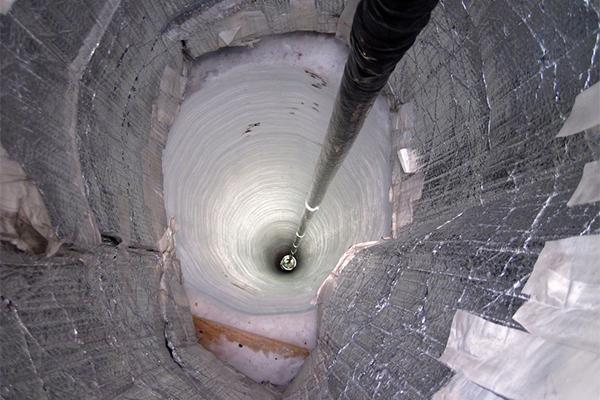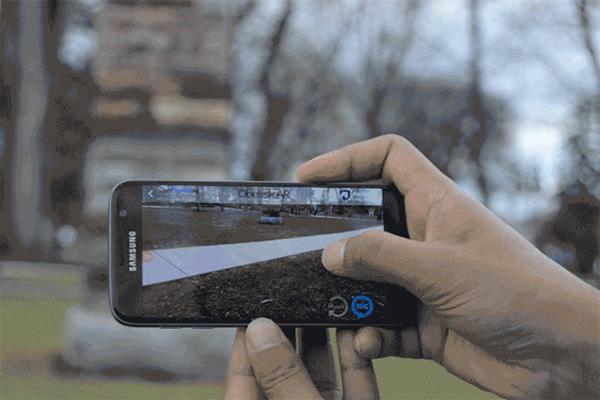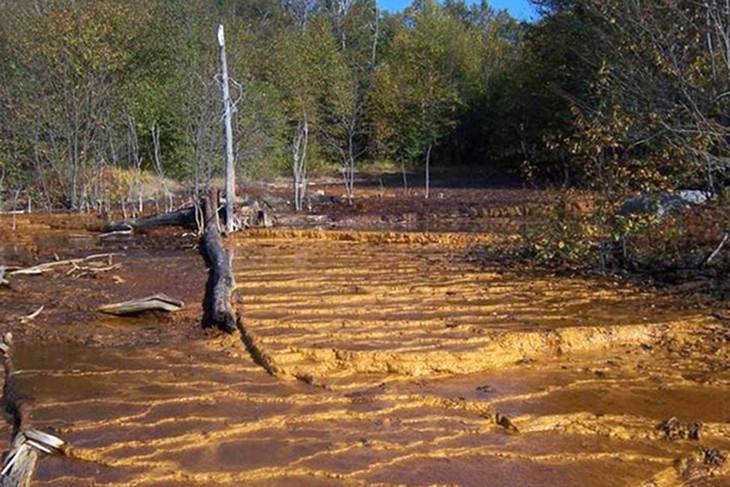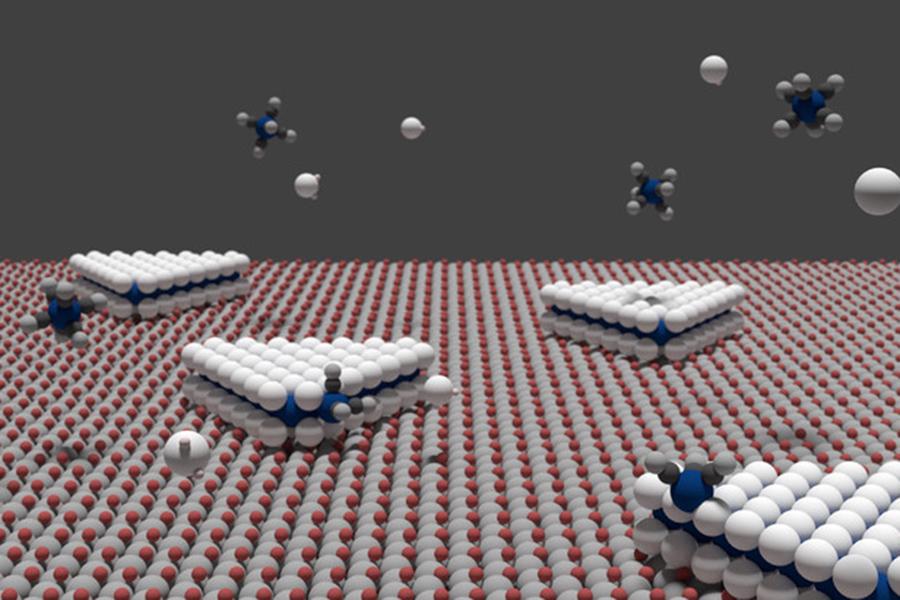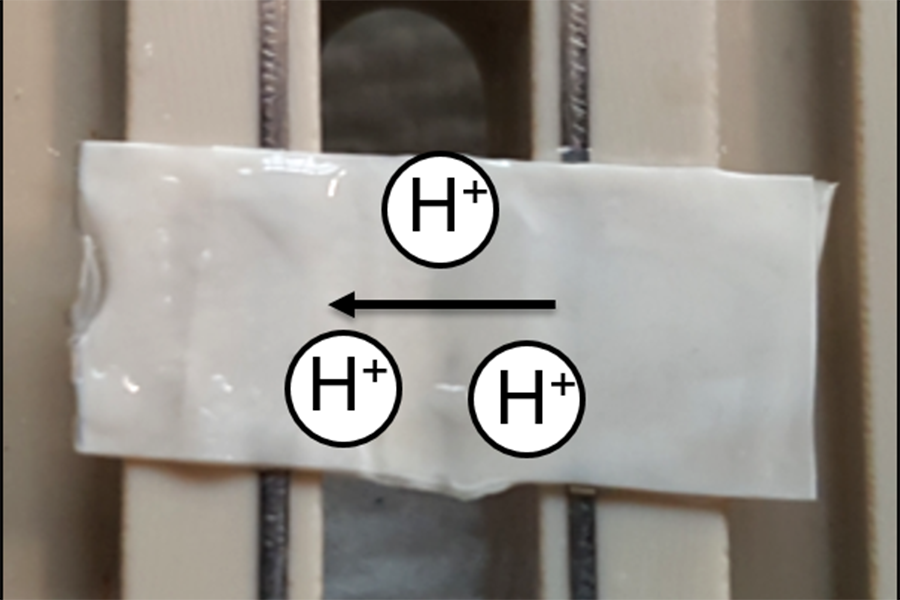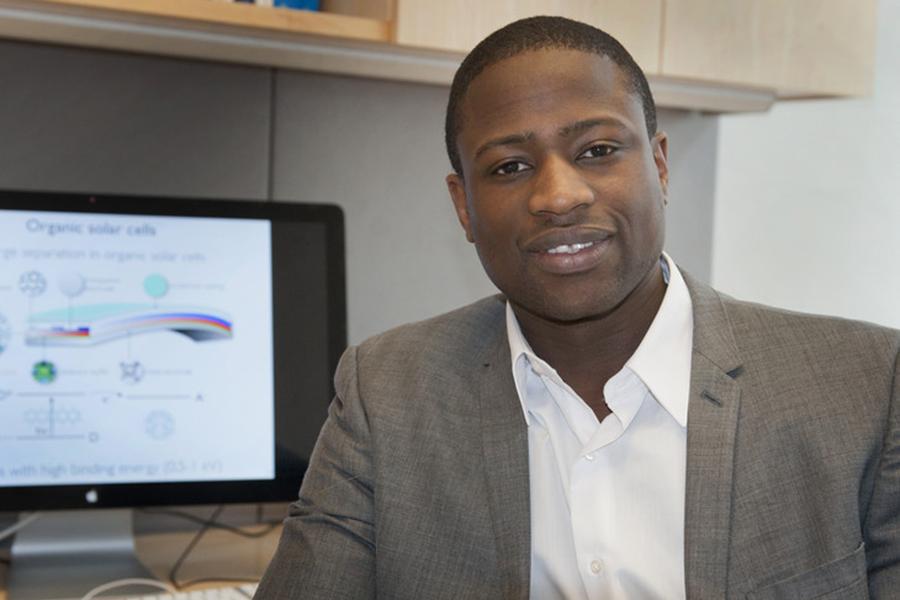Read the latest news about research conducted by investigators in the College of Earth and Mineral Sciences. Our faculty and students are continually advancing technology, creating solutions and expanding knowledge with new and innovative research.
News
For every 10 degrees north from the equator you move, spring arrives about four days earlier than it did a decade ago, according to researchers from Penn State, U.C. Davis and the University of Minnesota Duluth. This northward increase in the rate of springtime advance is roughly three times greater than what previous studies indicated.
A new understanding of why synthetic 2-D materials often perform orders of magnitude worse than predicted was reached by teams of researchers led by Penn State. They searched for ways to improve these materials' performance in future electronics, photonics, and memory storage applications.
NSF Day, on Feb. 28 at the Nittany Lion Inn, will feature several events aimed at providing resources and support for faculty interested in strengthening their research grant applications and forwarding their research careers.
Augmented reality is reviving the educational focus of the oldest monument on Penn State’s University Park campus. Known as the Obelisk, the nearly 33-foot-tall, 53.4-ton stone structure was originally constructed in 1896 to showcase regional rocks and minerals. Its 281 stones, procured from sites around Pennsylvania and neighboring states, are stacked by geologic time period, from youngest at the top to oldest at the base.
As Penn State researchers stood on the banks of Scalp Level Run, an acid mine drainage-polluted stream in Cambria County, a scientific question formed: How is nature removing toxic metals from the drainage at a rate faster than any other tested waters in the state, under pH conditions deemed too low to do so?
Penn State Schreyer Scholar Doran Tucker will present his research on medieval armor at Western Michigan University and University of Leeds this spring and summer.
In the middle of a Category 1 hurricane in Cape Verde, off the coast of Africa, Aara’L Yarber discovered her passion for meteorology. Coming from Los Angeles, California, she had never experienced a hurricane before.
Since the discovery of the remarkable properties of graphene, scientists have increasingly focused research on the many other two-dimensional materials possible, both those found in nature and those concocted in the lab. However, growing high-quality, crystalline 2-D materials at scale has proven a significant challenge.
Medical devices powered by synthetic proteins created from repeated sequences of proteins may be possible, according to materials science and biotechnology experts, who looked at material inspired by the proteins in squid ring teeth.
A grant totaling $1.2 million over three years has been awarded to researchers at Penn State and Cornell University by the National Science Foundation to identify a material that can most efficiently separate water into hydrogen and oxygen, to collect hydrogen as a sustainable fuel source.





